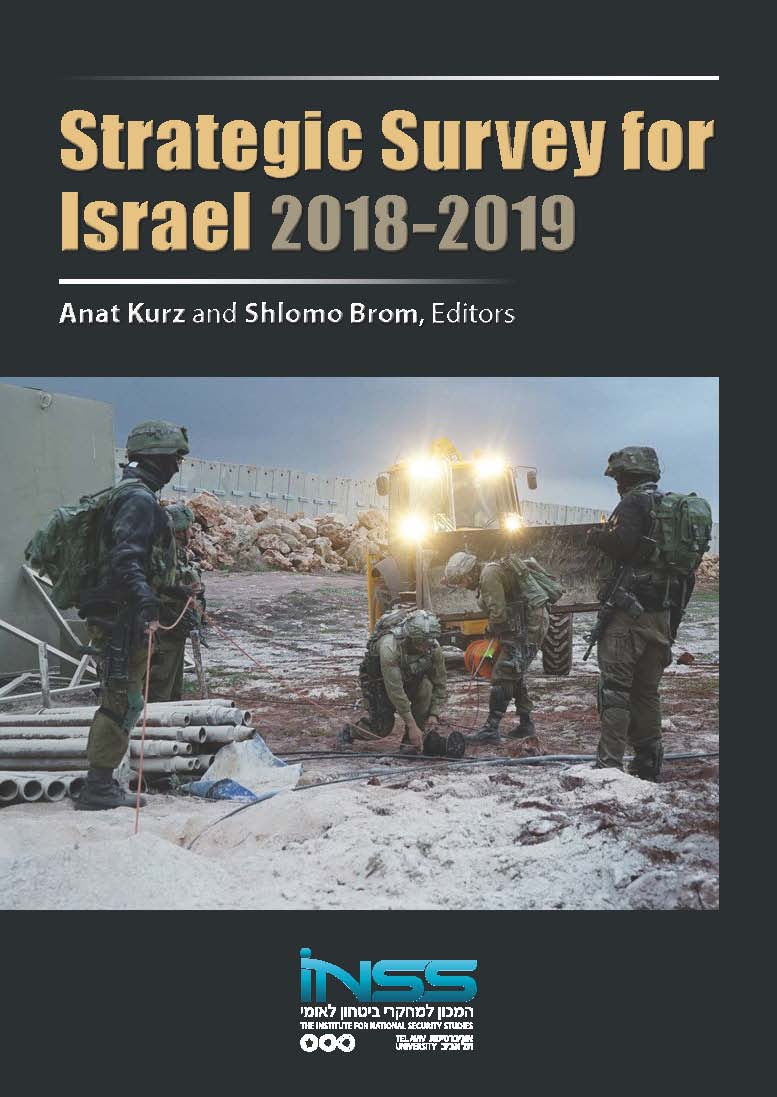Publications
Strategic Survey for Israel 2018-2019, The Institute for National Security Studies, December 2018

After a string of achievements in the Middle East and the start of an economic recovery following the removal of the sanctions, Iran was confronted in 2018 with growing external and domestic challenges. These challenges undermine the strategic stability that was the basis for Iranian policy in recent years, particularly since the nuclear agreement (the Joint Comprehensive Plan of Action – JCPOA) was achieved.
These challenges are evident in all the areas relevant to Iran’s strategic situation. In the internal arena, the ongoing difficulties have led to demonstrations, strikes, and protests against the regime throughout the country, prompted by economic distress, a serious water crisis, and popular criticism of the government’s corruption – all problems with no solution in sight. In the regional arena, there are problems in Iraq, where political forces supported by Iran are failing to achieve political leadership, and in Syria, due to Israel’s policy of attacks against Iranian military consolidation there and transfers of weapons to Hezbollah. Disagreements have emerged between Iran on one side, and Russia and Turkey on the other regarding the continuation of the Assad regime, although the parties are trying to build bridges in view of their shared interests. Meanwhile, in the background there is the growing crisis between Iran and Saudi Arabia, Bahrain, and the Emirates. However, the central and most influential challenge is in the international arena, where there have been highly significant developments as far as Iran is concerned – first and foremost, the decision of US President Donald Trump to withdraw from the JCPOA and reinstate sanctions, including secondary ones. This has forced the Iranian leadership to change its paradigm, from a reality of agreements to a reality of conflict.


